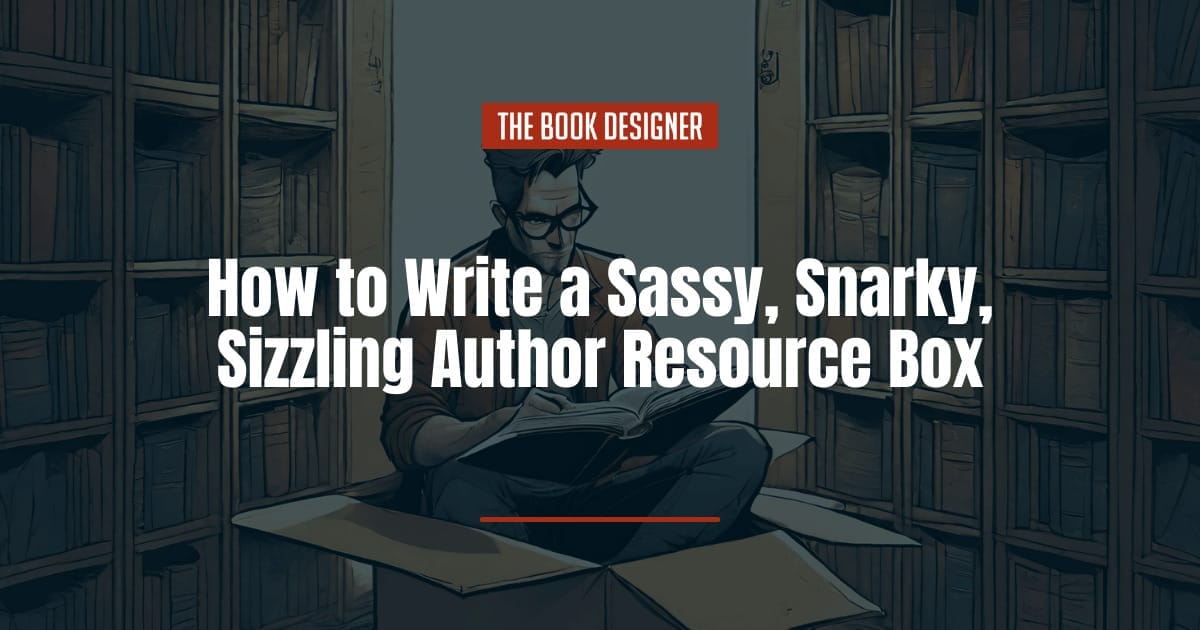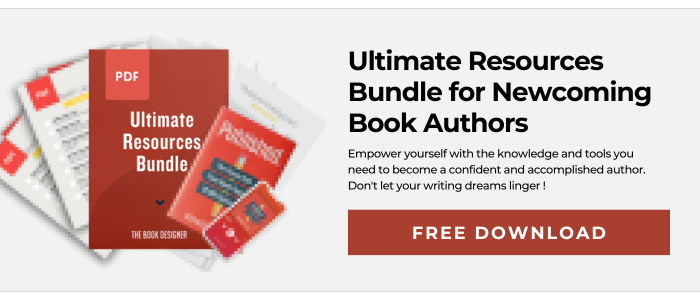Some people collect antique china. Others keep a stash of comic books from their childhood.
I collect author resources boxes.
Why? Because the ones most authors write are more potent than Ambien. And every time I see one that makes me smile, I grab a screenshot for safekeeping.
An author resource box is the super-short bio, usually 50 to 100 words, at the end of articles and guest blog posts you’ve written. Sometimes they include a link to a website. Sometimes they’re only one sentence. That means you must make the best use of every character in a tiny amount of real estate.
Why so short? Because if you’re writing a guest blog post or an article for a magazine, the blogger or magazine editor each have their own “rules” on how short it must be. If you’re not sure, ask! It can be a good idea to have a copy for a few author resource boxes on hand, so that you’re ready to send whichever version best fits the publication’s rules without having to do a complete rewrite.
Here are seven author resource boxes that caught my attention. Not all of them are from writers who have written books. But every one of them will spark your creativity.
Here’s what you need to know about creating an amazing and effective author resource box:
1. Use snark to demonstrate your expertise.
That’s what Michelle Pierce of Aqua Vita Creative did in this summary of her job description. Because she works for a creative agency, her author resource box had better sizzle. This one does. I love the phrase “the entire Internet.”

When I went to her company’s website, I found another updated summary of what she does on the “About” page. All employees’ mini-profiles follow this same format.
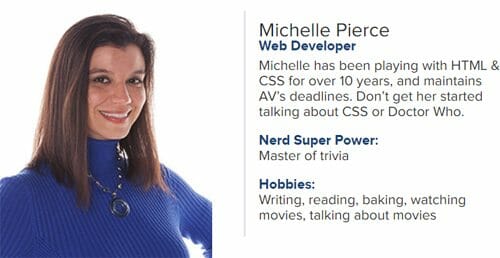
2. Start with surprising personal details and transition seamlessly to your job.
How many authors would reveal that they don’t drink, smoke or use drugs? Steve Olenski, co-author of the book StumbleUpon for Dummies, shared those details to explain how he gets high from his work—and a pizza.
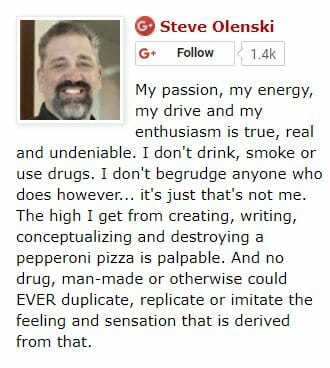
3. You don’t need a complete sentence.
Write one-, two- and three-word phrases to describe yourself. Take a cue from Amanda Hocking, the paranormal romance young-adult fiction author who sold more than $2 million in ebooks in one year. At the end of her author resource box, she switches to longer sentences to let readers know about her books.
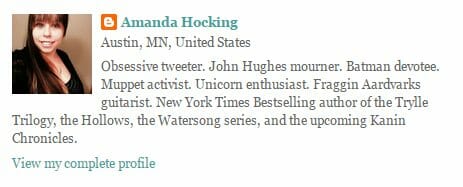
4. Make a copywriting faux pas to make a point, and if the topic fits.
Most authors would agree that grammar rules should be followed in all but the most extreme circumstances. However, sometimes breaking the rules can make you stand out. Look at the clever way Corey Eridon, lead editor for HubSpot’s blog, stops in the middle of a word. The sentence, of course, is about brevity.

5. Start and end your bio with a clever sentence.
First impressions matter, and the last thing you say can be the thing that people remember. For that reason, starting and ending your author resource box with something clever can make you more memorable. Then, sandwich information about your book or business in between. That’s what journalist John Romano did. I like the Bruce Springsteen mention at the end.

6. Paint a picture.

Zach Swinehart, author of The Geek Guidebook: How to Find Local Geeks to Solve Your Tech Problems for Pennies on the Dollar, tells readers what he is not and paints a picture with this bio:
“Zach Swinehart is a geeky 21-year-old entrepreneur that is (surprisingly) devoid of glasses, acne, and suspenders – or whatever it is that geeky people are supposed to look like. Three years ago, he dropped out of college to start his website design business, and has since served over 100 clients, and has authored two books on the subjects of website design, and finding local geeks. He’s led seminars that taught beginners how to use computers, in addition to coaching many clients individually. He thoroughly enjoys teaching, and is excited to show you how to create an evergreen autoresponder series!”
7. Explain who inspired you.
USA Today bestselling author Meredith Duran “blames” Anne Boleyn and gives readers a taste of her writing which, I assume, includes happy endings.

Now, Try Your Own
Go back and read your own author bio and see how it would look in an author resource box. Try using one tip from my list, or a combination of tips, and see if you can write a three-sentence summary of yourself that sizzles.
Keep it simple. And keep it fun.
Photo: Bigstockphoto

